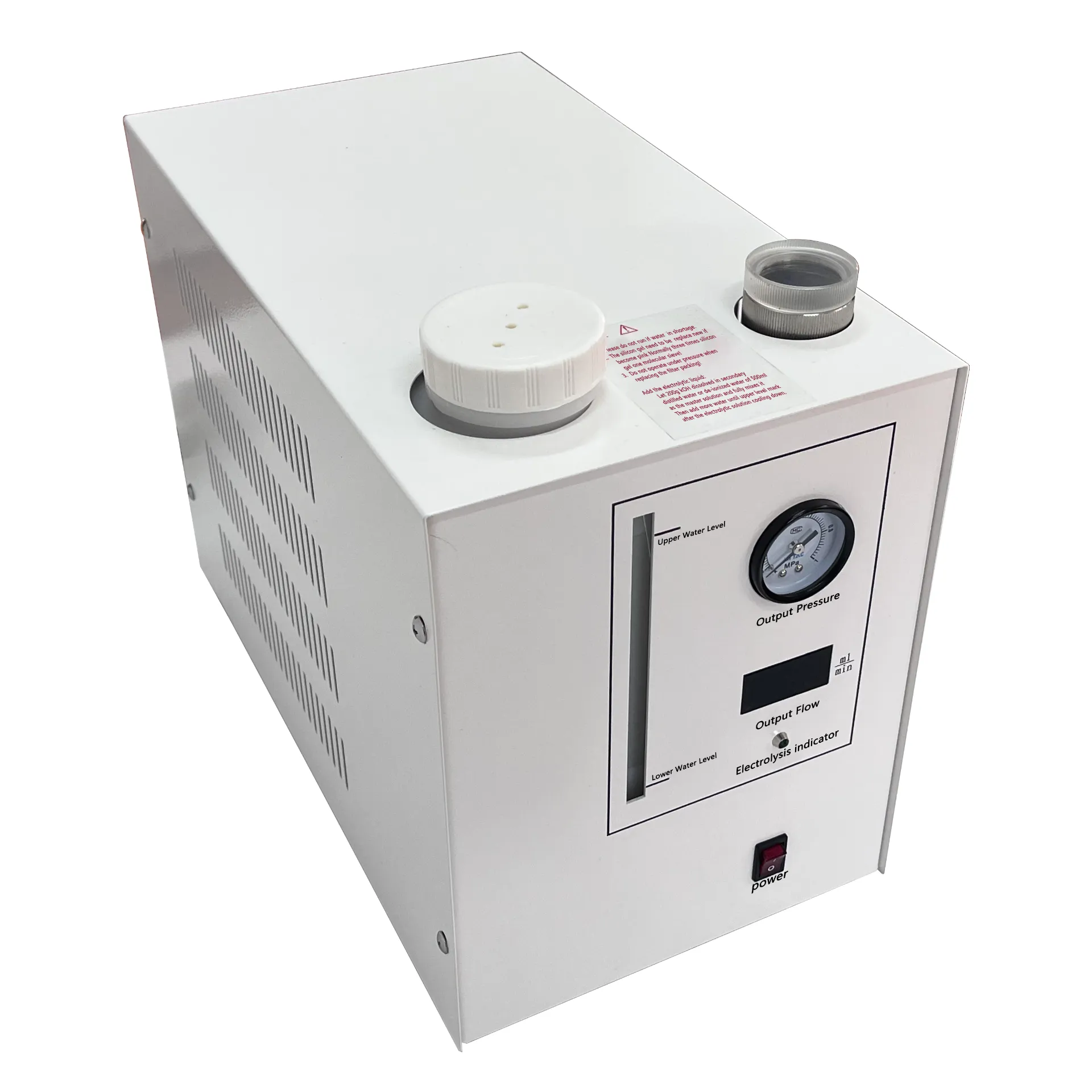 English
English


gas chromatography mass spectrometry test
The Role of Gas Chromatography-Mass Spectrometry in Modern Analytical Chemistry
Gas chromatography-mass spectrometry (GC-MS) is a powerful analytical technique that combines the features of gas chromatography and mass spectrometry to identify and quantify compounds in a mixture. This tandem technique has become indispensable in various fields, including environmental testing, food safety, pharmaceuticals, and forensic science.
Principles of GC-MS
Gas chromatography is the process of separating volatile compounds based on their different affinities to the stationary phase of a column. When a sample is injected into the GC, it vaporizes and is carried by an inert gas (usually helium or nitrogen) through a column packed with a stationary phase. As the components interact with the stationary phase, they elute at different times, known as retention times. This separation allows for the isolation of individual compounds from a complex mixture.
Once the components are separated, they enter the mass spectrometer, where they are ionized. The mass spectrometer detects and quantifies the ions generated from the compounds. It breaks down the molecules into charged particles, allowing for the determination of their mass-to-charge ratio (m/z). By analyzing these ratios, the mass spectrometer can provide detailed information about the molecular structure and concentration of each compound.
Applications of GC-MS
One of the most significant applications of GC-MS is in the field of environmental monitoring. It is used to detect pollutants in air, water, and soil samples, helping regulatory agencies ensure compliance with environmental standards. For example, GC-MS can identify volatile organic compounds (VOCs) emitted from industrial processes, aiding in efforts to reduce air pollution.
gas chromatography mass spectrometry test

In the food industry, GC-MS is instrumental in testing for pesticide residues, contaminants, and food additives. It ensures the quality and safety of food products, protecting consumers from harmful substances. Additionally, the technique can be used for flavor and aroma analysis, allowing food manufacturers to enhance product quality and develop new flavors.
In forensic science, GC-MS is a critical tool for drug identification. It can analyze biological samples, such as blood or urine, to detect the presence of illegal substances or assess drug use. The high sensitivity and specificity of this method make it possible to identify even trace amounts of substances, facilitating criminal investigations and toxicological studies.
Benefits of GC-MS
The advantages of GC-MS are numerous. One of the most significant benefits is its high sensitivity and selectivity, making it possible to detect low-concentration compounds in complex mixtures. Additionally, GC-MS provides quantitative data, allowing for accurate assessment of compound concentrations.
Another advantage is the ability to analyze a wide range of volatile and semi-volatile compounds, making it versatile for various applications. The automation and rapid analysis times also contribute to its efficiency, making it ideal for high-throughput laboratories.
Conclusion
Gas chromatography-mass spectrometry is a cornerstone of modern analytical chemistry. Its ability to separate, identify, and quantify chemical substances makes it invaluable in answering critical questions in environmental science, food safety, pharmaceuticals, and forensic investigations. As technology continues to advance, the applications and capabilities of GC-MS are sure to expand, further enhancing its role in scientific research and public safety.
-
Differences between open cup flash point tester and closed cup flash point testerNewsOct.31,2024
-
The Reliable Load Tap ChangerNewsOct.23,2024
-
The Essential Guide to Hipot TestersNewsOct.23,2024
-
The Digital Insulation TesterNewsOct.23,2024
-
The Best Earth Loop Impedance Tester for SaleNewsOct.23,2024
-
Tan Delta Tester--The Essential Tool for Electrical Insulation TestingNewsOct.23,2024





